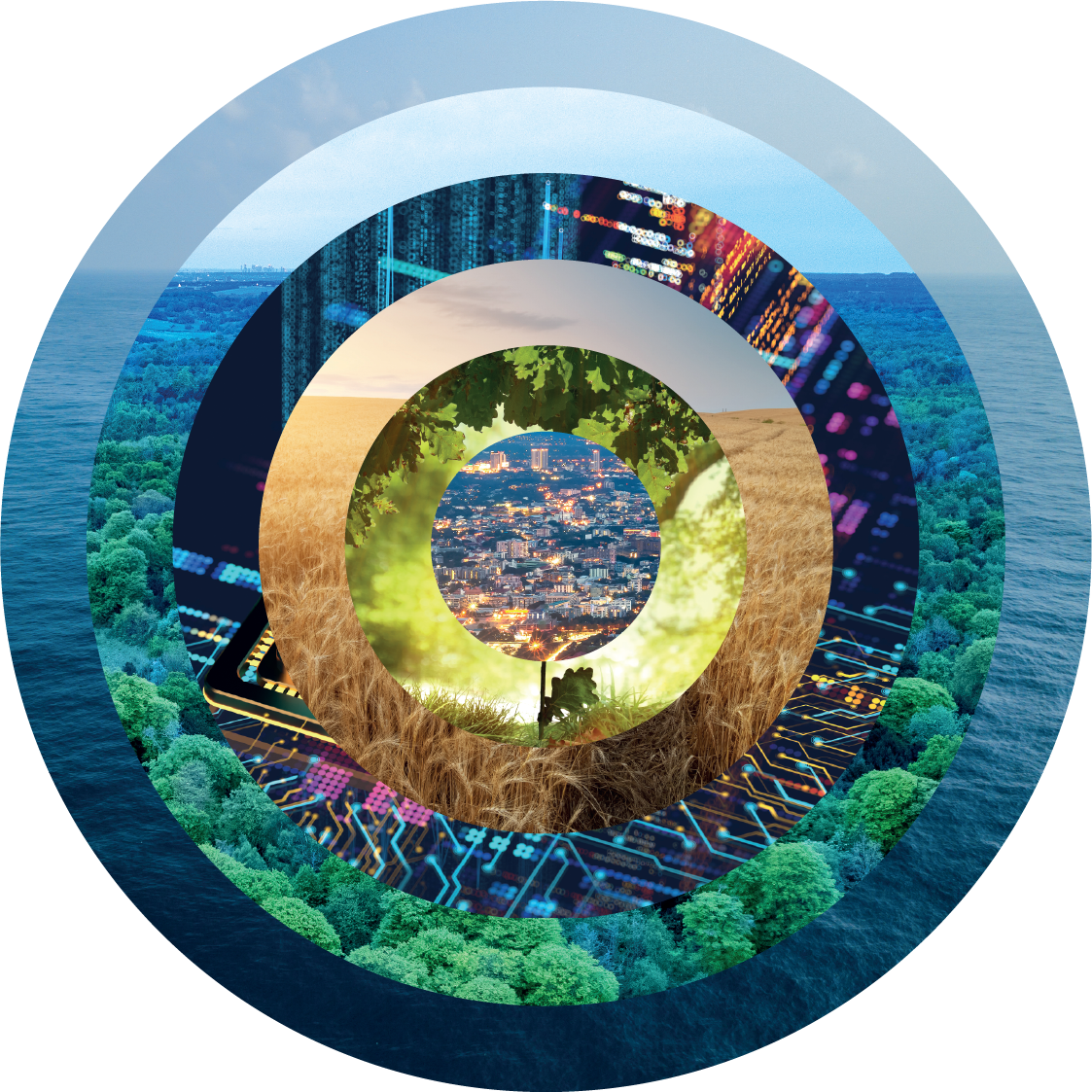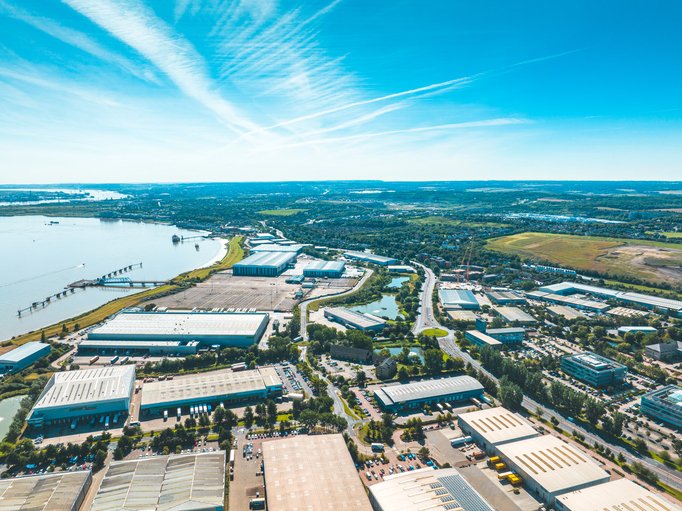2024 ESG AND SUSTAINABILITY REPORT
This report highlights key ESG and sustainability outcomes and achievements for 2024.

This is Alphinity’s fourth Environmental, Social and Governance (ESG) and Sustainability Report.
This report highlights key ESG and sustainability outcomes and achievements for the 2024 calendar year across all Alphinity strategies including the Alphinity Australian Share Fund, Alphinity Concentrated Australian Share Fund, Alphinity Australian Sustainable Share Fund, Alphinity Global Equity Fund – Active ETF, and the Alphinity Global Sustainable Equity Fund – Active ETF.
This report showcases key insights from our close to 200 company ESG engagements, thematic and company level research
ESG integration
We integrate ESG factors into investment decisions.
Stewardship and active engagement
We are active managers and focus on using our influence to encourage better ESG outcomes and reduce risk.
Sustainable strategies
We have two dedicated sustainability strategies structured around the United Nations Sustainable Development Goals.
Thematics
We consider, research, and assess key ESG and sustainability thematics.
Transparency
We disclose proxy activities, portfolio holdings and have a public ESG Policy and Stewardship Policy.
Video Overview
Alphinity’s fourth ESG and Sustainability Report outlines our evolving approach to responsible investing, guided by our Five Pillars framework and shaped by nearly 200 company ESG engagements in 2024.
This 10-minute video presentation highlights key insights from the report, including updates on material ESG issues, sustainable fund SDG alignment, and enhanced risk assessment tools.
ESG and Sustainability Performance
Alphinity is a signatory to the Principles for Responsible Investment (PRI) and is also a member of the Responsible Investment Association of Australasia (RIAA).
We report a range of metrics and outcomes throughout the report.
ESG integration
Material ESG risks and opportunities are assessed and integrated using an in-house ESG Framework. This framework is made up of three main components: Thematic frameworks, ESG materiality and risk levels, and ongoing risk management.
How ESG considerations are integrated into the investment process varies depending on the individual sector and company circumstance, the relative exposure in our strategies, and the materiality of the ESG topic. The portfolio management team is responsible for determining the best integration approach for a specific issue, or set of issues, with support from the ESG team.
Examples of ESG integration for companies such as Rio Tinto, Woolworths, Waste Connections and Morgan Stanley are included within the report.
In 2024:
- We completed three new frameworks to better analyse more complex issues. These frameworks include:
- A Responsible AI Framework developed with the CSIRO.
- A Sustainable Banks Framework developed to better analyse the overall sustainability and ESG risk profile of large retail and investment banks.
- A Net Zero Alignment Framework to measure the proportion of companies aligning with net zero by 2050
- We expanded the number of ESG topics to more than 40 (from 25 in 2023) and enhanced our scoring approach.
- We assessed ESG risks and opportunities and assigned an ESG risk level for all 2024 portfolio companies.
- We participated in 5 ESG focussed research trips to enhance our analysis.
Stewardship
As investors, we have the ability to influence the behaviour and actions of companies that we own. We take this responsibility very seriously and are committed, where possible, to use this influence to reduce environmental, social and governance risks over the short, medium and longer-term to maximise value for our clients
Throughout the report, we present key insights and outcomes from the nearly 200 meetings with more than 120 companies.
We track a range of metrics for our engagements which allows us to monitor and report our ESG engagement practices to internal and external stakeholders. In 2024, we added a number of additional factors to our engagement tracking processes, bringing the total number of data points collected for each engagement to 13.
Examples of our progress on priority engagement objectives for companies such as Aristocrat Leisure, Brambles, Qantas, Marsh McLennan, and Zoetis are included in the report.
In 2024:
- Common topics across our engagements were climate change, data, privacy, responsible AI, and health and safety
- 40% of engagements were held with ESG specialists
- 46% of engagements were held with Board Directors, Executives or Senior Management
- ~50% of meetings were held for a general ESG update or to complete ESG due diligence
- 37% of meetings resulted in a follow up action
SDG insights
Alphinity has two sustainable strategies; the Australian Alphinity Sustainable Share Strategy and the Alphinity Global Sustainable Equity Strategy. These strategies aim to invest in companies that generate products and services that have a net positive alignment to the United Nation’s Sustainable Development Goals (SDGs), exceed our minimum ESG criteria, and which are also identified as undervalued and within an earnings upgrade cycle.
We present the SDG alignment outcomes, and SDG characteristics, for the 2024 holdings across our Australian Sustainable Share Fund and Global Sustainable Equity Fund in a dedicated Sustainable Investing chapter of the report. A weighted SDG alignment score is calculated by multiplying each company’s positive/negative SDG alignment score by its average portfolio weight.
In 2024:
- We invested in 89 companies with a net positive alignment to the SDGs.
- Both sustainable funds presented with the strongest alignment to SDG3 (Good Health and Well-being), SDG8 (Decent Work and Economic Growth), SDG9 (Industry, Innovation and Infrastructure) and SDG11 (Sustainable Cities).
- There were 19 committee meetings where over 70 companies were discussed. This included proposed companies for approval, portfolio companies, and other companies where initial sustainability considerations were considered.
- 55 companies were proposed for approval by the committee, of which 80% were granted approval.
Climate change
Climate change and the disorderly transition pose a considerable systemic risk to the global economy, our investments, and our duty to maximise returns while minimising client risks. We have a five-pillar approach to managing climate risk in our investments which includes risk analysis, benchmarking, carbon metrics, stewardship and investment considerations.
In 2024, we developed and have now implemented a bespoke Net Zero Alignment Framework across all Australian and global investment strategies to better assess company and portfolio alignment with net zero by 2050. This assessment, coupled with company and portfolio-level emissions footprint analysis, helps us to better identify risks and opportunities and engagement priorities related to climate change.
Within the report, we present the carbon intensity of our funds, along with the outcomes of this Net Zero Alignment assessment as at 31 December 2024.
In 2024:
- Around 60% of Global Fund’s, by weight, is ‘aligning’ or ‘committed to aligning’ to net zero.
- Around 70% of the Australian Fund’s, by weight, is ‘aligning’ or ‘committed to aligning’ to net zero.
Examples of how we consider climate related impacts through stewardship and ESG integration for companies such as Woodside Energy, Qube, Moody’s, Linde, and Novonesis are included in the report.
Modern slavery and human rights
In 2021 we introduced a Modern Slavery and Human Rights Framework to support the consistent identification and analysis of different risks across investee companies and those under consideration for investment. Over the past four years, this framework has served as an important foundation to identify and review the modern slavery and human rights risks in our portfolios.
In the report, we present the outcomes of the assessment for our 2024 holdings.
In 2024:
- Risk assessment outcomes
- Supply chain risks hold the highest exposure with 20% of companies having a medium or high risk.
- Operational risks remain negligible for most holdings, however, 17% were assessed as low risk due to direct operations in high-risk countries such as China, India and Malaysia
- Downstream risks remain negligible for most holdings, but financials are considered high risk through their lending practices
- Management assessment outcomes
- 97% of holdings had a human rights and modern slavery policy in place
- 71% of holdings conduct supply chain audits
- 53% specify high risk commodities or products
Examples of how we consider modern slavery and human rights through stewardship and ESG integration for companies such as Nike, Ansell, Thermo Fisher, and BHP are included in the report.










